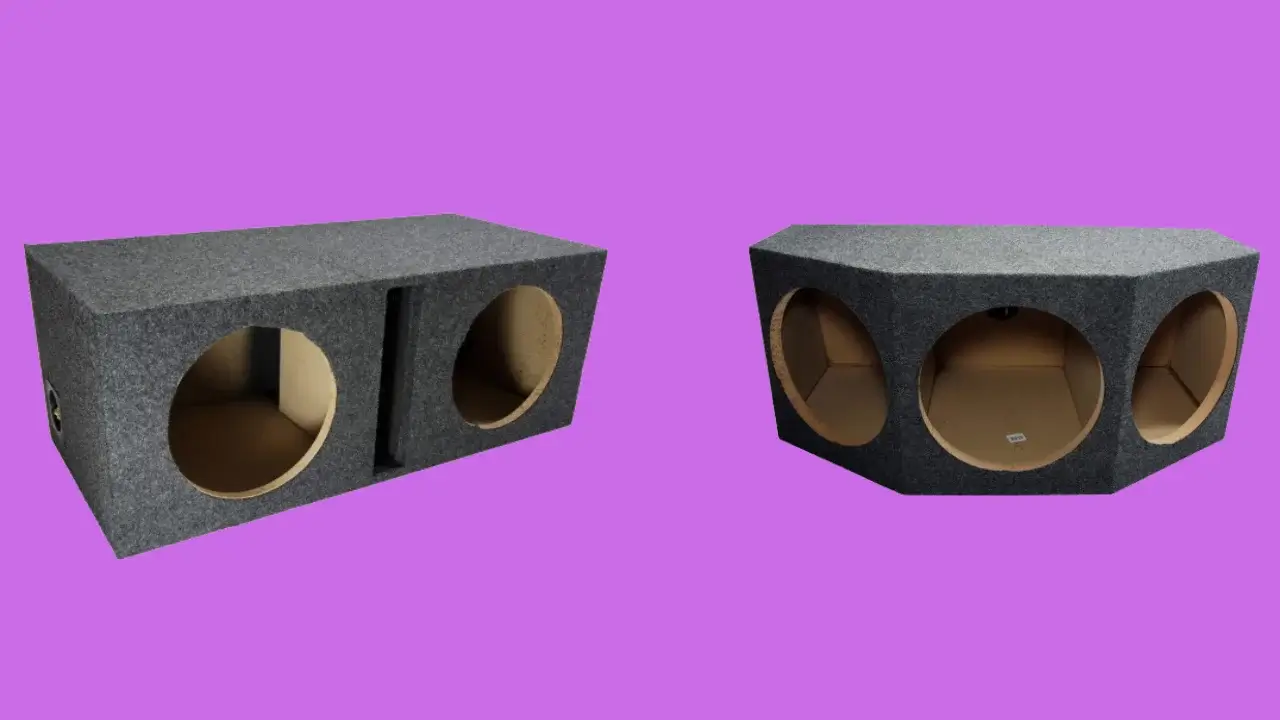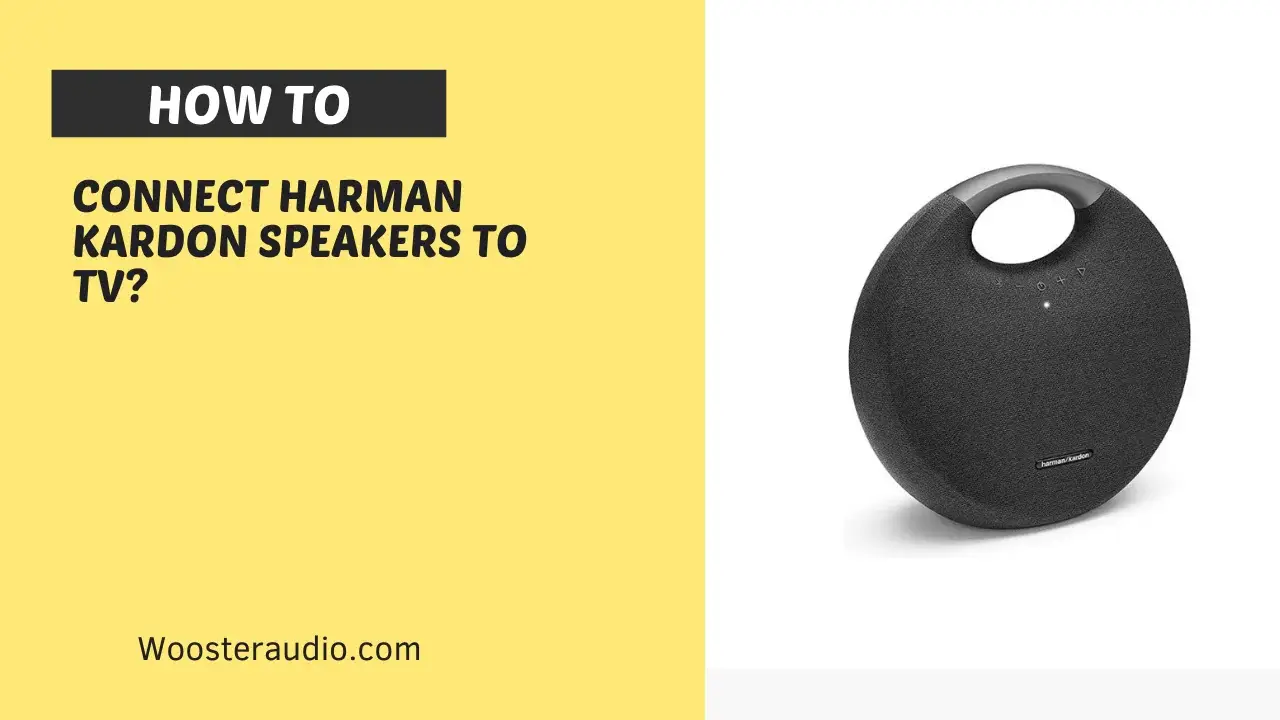In this KGR post, team Wooster audio will adequately guide you about the best tuning frequency for ported box, giving you the right path in selecting a port size for any ported box. For the tuning frequency of any ported box, you need to calculate the exact ported enclosures and port length measurements. Read the article carefully, which helps you correctly calculate ported enclosures, port length measurements, and net volume.
How To Calculate Ported Enclosure?
Start using the calculator, which will help you calculate the efficient ported enclosure for the ported box and the measurement of port length, which you have to use for your box design. So, round or slotted port users have to select Square into port type. Then enter the exact number of ports you are using, enter the tuning frequency number you wish to use, and correctly calculate it. For the slotted port, you have to select Square under port type, and after then, answer Yes. Then it would be best to go under a square vent and correctly type the height and width to use.
Example: Your box will be +3dB louder at 42 Hertz in your car.

What Is The Best Frequency For Tune Subwoofer Box?
For subwoofer boxes, the best frequency is 20-120 Hz. Before you tune your subwoofer box, you must remember that the lower the frequency (Hz) means, the more bass you get. For the GREAT tuning frequency, it always depends upon the subwoofer you are using; with the higher tuning frequencies, some subwoofers work brilliantly, and some work better with tuning frequencies.
What Is The Best Port size For Speaker Enclosure?
In order to find problems with ports, two things to be just as loud, they need to move the same amount of air. It needs to move sixteen times faster for the five-centimeter port and for the 20-centimeter wide port. It tries to avoid rushing through the port quickly and creating turbulence.

Why Turbulence Created?
The turbulence is created when the air moves out of the port very quickly and makes some barriers for the way from where the air goes faster and down all coherent into just open space and air moves everywhere and then turbulence forms, which is the leading cause of chuffing, the common thing with the ported boxes.
Air moves more slowly with the large port; through this, less turbulence produces and less chuffing. With the small port, you will get some bit of turbulence. The large port should only be used when the box shape is super-premium.
For a small port, you can get away with no turbulence, but you may as well go with a large port in the first case, and you do get a bit more box specification if you use On either end, a small port with the huge flares which you can see in many bookshelf speakers like KEF bookshelf speaker that comes with the flexible port which has a very big flare on the front.

Characteristics Of Small Ports
Below, there are some characteristics of small ports.
- Dynamics can also suffer.
- Keeks.
- The quad is tight.
- It Leads to a muddy sound.
For the home theater sub rumble, the small port and flare over either end are perfect and to save a bit of box volume because b the time you try to make a relatively small unit, and you try to tune it to 2 Heartz, and the port would need to be so wide and is the absolutely enormous length as two meters plus in some cases. So, the main thing is if you make a smaller port, then you can fit it all within the box perfectly without any trouble.
Problem With Big Ports
When you stop setting power to the voice coil with the correct size port, it should stop making a sound. So, this is the main common reason which people prefer is Sealed support. When you stop sending power to the voice coil sound, then you should immediately stop. With properly damped ports, signals soon stop.
Is Large Port Good For SPL?
The problem with the large ports is less damping. So, after the signal stops going to the driver, a bit of air can keep moving in and out of the port. It is not suitable for sound quality, but for SPL, it is suitable for big high resonance. So going with the big port for SPL is often a good thing.
Sealed Subwoofer Enclosure
If we compare Sealed enclosures with ported enclosures, we find the difference in low frequencies accuracy as sealed enclosures more accurately reproduce than ported enclosures.
In sealed enclosures, then, the air inside the box acts like a shock absorber so that the subwoofer more better move (back and forth) in more control so which is why more accurate sound waves are reproduced. Also, any sealed enclosure box has more benefits, like they are smaller, easy to build, etc.
How Does Enclosure Size Affect Tuning Frequency?
The enclosure size has a profound effect on the tuning frequency of a system. There is an indirect relationship between size and frequency. If the enclosure size is large, the tuning frequencies are low, producing deeper tones. In contrast, if the enclosure size is small, the tuning frequencies are high, resulting in sharper tones. Sound waves' resonance and wavelength characteristics within the enclosed space account for this relationship.
Learn In Detail about PCM, Dolby and DTS
In A Nutshell
Remember that tuning can change the subwoofer box sound and change the frequency, so it all depends on your tuning choice. The best tuning frequency for a car SPL setup is around 45Hz (or higher) because you need to tune high for an SPL car setup. On the one hand, when you tune the high SPL setup of your car, you will get normal quality sound and on the other hand, if you tune low, get ready to hear the louder sound.
If you want to get a good mix in both SQ and SPL with a ported box, you have to tune between 30 Hz to 35 Hz. Just remember that for SPL (Sound pressure level), you always need to tune high, and for SQ (sound quality), a low tune is required.
Frequently Asked Questions
Is a small ported box can create good bass?
The bad thing about small ported enclosures is that the bass result is a rumble, and due to the small enclosure, you will get boomy bass which you will never like. There is less resistance in bigger enclosures, which is why a small ported box cannot create good bass.
Is Port length affect tuning?
Yes, port length affects tuning, as we know that the longer port is equal to lower tuning, whereas the shorter port is equivalent to higher tuning. There are several factors like speaker and box on which tuning depends.
What Is Tuning Frequency Good To Get Both SQ And SPL Mix?
You can tune your ported box between 30 Hz and 35 Hz to get both SQ (sound quality) and SPL. Remember that you will not have to tune below 30 Hz and more than 35 Hz; just select the frequency between them (like 33 Hz).
What is the best size for a port?
The best way to design a ported box is to get it with 16 square inches per cubic foot (16 square / cubic ft), which ends up with 100 square centimeters / 29 liters or 3.6 square centimeters / one liter. Best box volume/port surface area ratio.








